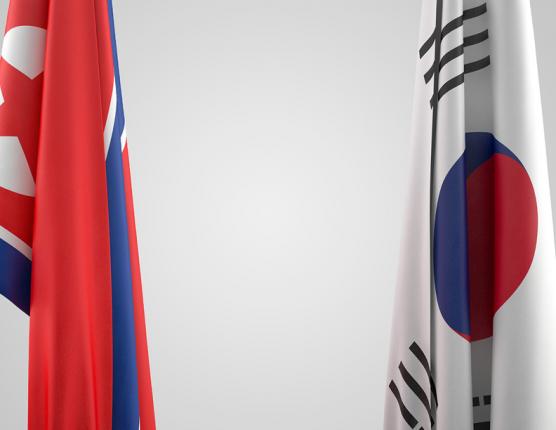Name
Samuel Ellis
Class
INTA 4500
About This Project
Samuel Ellis' research takes a look at Terminal High Altitude Aerial Defense (THAAD) Systems in South Korea. The US first proposed these anti-missile batteries following increased successful missile tests from North Korea. However, the move rapidly unsettled the region. China unleashed informal economic sanctions that cost South Korea $1.7 billion in 2017 alone. South Korean citizens around the proposed THAAD site protested the environmental harm of the proposal. Even the US began renegotiating the deployment, demanding Korea raise its contribution to joint military exercises by more than $4 billion annually. While the Biden administration has temporarily eased tensions over cost-sharing, we still have long-term questions: How should South Korea complete deployment of THAAD? Do these systems actually prevent nuclear attacks? How should the cost-sharing agreement between the US and South Korea change over time? His research analyzes these questions through the lens of differing US administration’s cost-sharing relationships with Korea and Japan over time and how different US anti-missiles systems in Iraq have worked to deter attacks. Ellis finds that the US-Korea deployment of THAAD was justified as it does successfully protect the region. Furthermore, his qualitative analysis finds that the best route to long-term success for cost-sharing agreements follows gradual increases by partner nations resulting from closed-door diplomatic negotiations.



